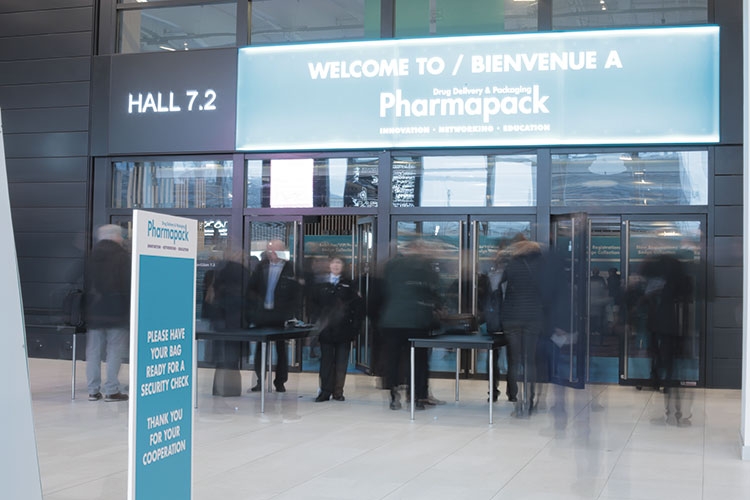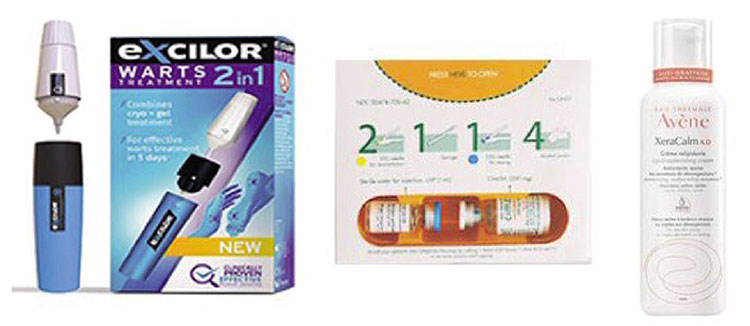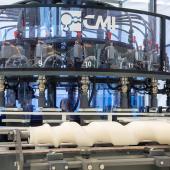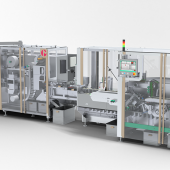Patient-centricity: a well-executed exercise
Pharmapack Europe (UBM EMEA) dedicato al pharmaceutical packaging and drug delivery (Paris Expo, Porte de Versailles, France 6-7 February, 2019) saw a diversification of innovations and new drug delivery solutions, with “patient-centricity” emerging as the central theme throughout this year’s edition.

Large global companies and emerging figures on the industrial scene, hosted in the Start-up Hub, were able to show innovative solutions in the two days of the Parisian event (February 6-7) from AI development platforms and advanced data analytics to miniaturised packaging sensors, soft mist inhalers, and smart packaging. The lead thread of the exhibition and the debates, together with the centrality of the patient, was the theme of sustainability, as evidenced by the assignment of the nine Pharmapack Awards chosen across two categories: “Exhibitor Innovations” and “Health Products”.
Themes that also echoed in the Innovation Gallery, that showcased a range of new technologies - from child resistant pumps, and anti-tampering labels to connected and dual delivery devices, disposable autoinjectors and Augmented Reality on smartphones.
With over 400 exhibiting companies, nearly 5,500 attendees from 75 countries represented, this has been, by far, the busiest and most successful Pharmapack Europe to date, Silvia Forroova, Brand Director of Pharmapack Europe, also underlines this when he emphasizes the value of the innovations on display, capable of guaranteeing improvement in patient care over the next few years

The debate is open. The conference agenda explored major industry changes that lie ahead, including how to lower development costs whilst increasing sustainability.
Gregor Anderson, Managing Director, Pharmacentric Solutions, suggested that “we could potentially further improve sustainability in device design and sourcing by working earlier with suppliers, so they can engineer out costs and environmental impact”.
Anderson added that harnessing the consumer’s growing environmental conscience and asking them to return inhalers to a pharmacy after use for recycling could “deliver tremendous results when factoring in just how many inhalers are disposed of each year”.
Another green approach discussed at the event was replacing PVC in secondary packaging, and Yves Steffen, Head of Packaging & Devices in Biological Technical Development and Manufacturing at Novartis, expects an industry-wide change to “plastic neutral”. But several of the sustainability panel’s experts also forewarned that primary packaging will remain a challenge, as it needs stability testing, which takes a long time to develop and implement.
In particular, Guilhem Rousselet, Global Packaging & Serialization - Industrial Affairs at Sanofi added “there is just not yet any industry solution to replace PVC as the material of choice”.
In a separate session on ‘what’s new in biologicals and biosimilar drug delivery devices’, experts agreed that technology is already there to collect data, but that the biggest potential hurdle is upscaling of new devices and issues around patient privacy.
David Braun, Global Head of Medical Device and Digital Health Business solutions at Merck, postulated that the adoption rate of connected devices is slow due to high costs, complicated GUIs and lack of patient awareness. Experts forecast that closed loop digitization, such as heart monitoring is the future, and the biggest challenge will be managing the integrity of the data created.

















